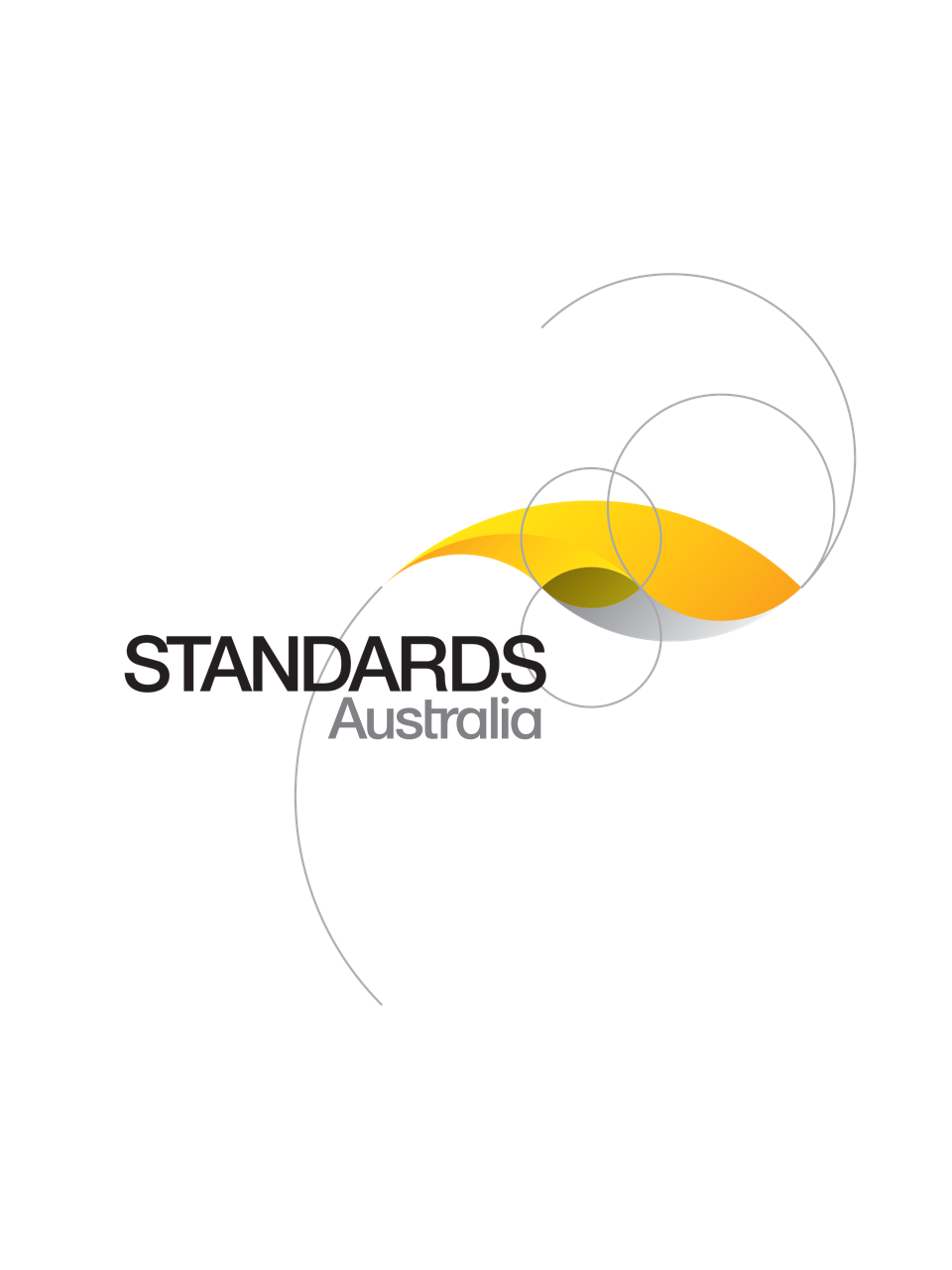Standard
Track updates
AS ISO 4980:2023
[Current]Benefit-risk assessment for sports and recreational facilities, activities and equipment
AS ISO 4980:2023 identically adopts ISO 4980:2023, which specifies methods for a benefit and risk assessment for sports, for recreational and sports facilities including equipment. This document also provides guidance and requirements on benefit and risk assessment within this field. It includes examples for injury thresholds
Published: 22/12/2023
Pages: 49
Table of contents
Cited references
Content history
Table of contents
Header
About this publication
Preface
Foreword
Introduction
1 Scope
2 Normative references
3 Terms and definitions
4 Benefit-risk assessment — Process overview
4.1 Assessment team
4.2 Project scope
4.2.1 General
4.2.1.1 Overview
4.2.1.2 Establishing the context
4.2.1.3 Parallel processes
4.2.1.4 Identification of users
4.2.1.5 Evaluation of benefit and risk
4.2.1.6 Monitoring and periodic re-evaluation
4.2.2 External and internal context
4.2.2.1 General
4.2.2.2 Consideration of contexts
4.2.2.3 Benefit-risk assessment approaches
4.2.3 Analytical techniques
4.2.4 Process
4.2.4.1 General
4.2.4.2 Life cycle
4.2.4.3 Intended use
4.2.4.4 Reasonably foreseeable misuse
4.2.4.5 Generic benefit-risk assessment
4.2.4.5.1 General
4.2.4.5.2 Requirements
4.2.4.6 Site-specific benefit-risk assessment
4.2.4.6.1 General
4.2.4.6.2 Requirements and recommendations
4.2.4.6.3 Facility or activity
4.2.4.6.3.1 General
4.2.4.6.3.2 Facility policy
4.2.4.6.3.3 Activity leader
4.2.4.6.3.4 Environmental factors
4.2.4.7 Dynamic benefit-risk assessment
4.2.4.7.1 General
4.2.4.7.2 Features
4.2.4.7.3 Factors
4.2.4.7.4 Real-time elements of dynamic risk assessment
4.2.4.7.5 Review of existing dynamic benefit-risk assessment
5 Assessment of benefits and risks
5.1 Quantitative and qualitative analysis and scales
5.2 Benefits assessment
5.2.1 General
5.2.2 Procedure
5.2.2.1 General
5.2.2.2 Application of analysis method
5.2.2.3 Identification of expected benefits
5.2.2.4 Identification of local factors
5.2.2.5 Identification of precedents and comparisons
5.2.2.6 Overall benefit evaluation
5.3 Risk assessment
5.3.1 General
5.3.2 Criteria for risk acceptability
5.3.3 Hazard identification and analysis
5.3.3.1 General
5.3.3.2 Hazard identification
5.3.3.2.1 General
5.3.3.2.2 Identification of hazards
5.3.3.2.3 Analysis of hazards
5.3.3.2.4 Analysis of multiple hazards
5.3.3.3 Activity identification
5.3.3.4 Hazard elimination
5.3.4 Likelihood analysis
5.3.4.1 Likelihood of occurrence of potential severity of harm
5.3.4.1.1 General
5.3.4.1.2 Determining exposure
5.3.4.1.3 Estimating the likelihood of occurrence of the hazardous event
5.3.4.1.4 Estimating the possibility of avoiding or limiting harm
5.3.5 Risk evaluation
5.3.5.1 General
5.3.5.2 Comparison to risk criteria
5.4 Risk control measures
5.4.1 Differences of information for safety and disclosure of residual risk
5.4.1.1 Difference between “information for safety” and “disclosure of residual risk”
5.4.1.2 Information for safety
5.4.1.3 Disclosure of residual risk(s)
6 Comparison of benefits and risks
6.1 General
6.2 Methodology
6.2.1 General
6.2.2 Benefit enhancement
6.2.3 Risk control
7 Documentation
7.1 General
7.2 Validation
7.3 Benefit assessments
7.4 Risk assessments
7.5 Safety-related information
7.6 Benefit-risk balance
7.7 Documentation
8 Performance and evaluation
8.1 General
8.2 Periodic evaluation
8.2.1 General
8.2.2 Revision or updating of the benefit-risk assessment
8.2.3 Action
9 Training and competency
9.1 General
9.2 Training
9.2.1 General
9.2.2 Content
9.3 Frequency of training
9.4 Equivalency to training
9.5 Competency
9.5.1 Persons and teams
9.5.2 Equivalency
9.5.3 Organizations
Annex A
A.1 General
A.2 EU RAPEX scale
A.3 ISO/TR 14121-2 severity of injury
A.4 Abbreviated injury scale
Annex B
B.1 General
B.2 Key features
B.2.1 Forms
B.2.2 Risk parameters
B.2.3 Risk assessment tools
B.2.4 Selection or design of a risk assessment tool
B.3 Severity parameter
B.4 Probability
B.4.1 General
B.4.2 Qualitative measures
B.5 Other methods
Annex C
C.1 Methods
C.2 Formal analysis
C.2.1 General
C.2.2 Rule-based decision-making
C.2.3 Recognition-primed decision-making
C.2.4 Creative decision-making
Annex D
D.1 General
D.2 Examples
Annex E
Annex F
Bibliography
Cited references in this standard
ISO 3864 (all parts)
Graphical symbols — Safety colours and safety signs
One-time Purchase
Access via web browser on any device
One-time purchase
Single publication
Offline access via PDF^
$242.18 AUD
Inclusive of GSTFormat *
Web Reader
Licenses *
1 License (for yourself - not shareable)
Total$242.18 AUD
IMPORTANT
